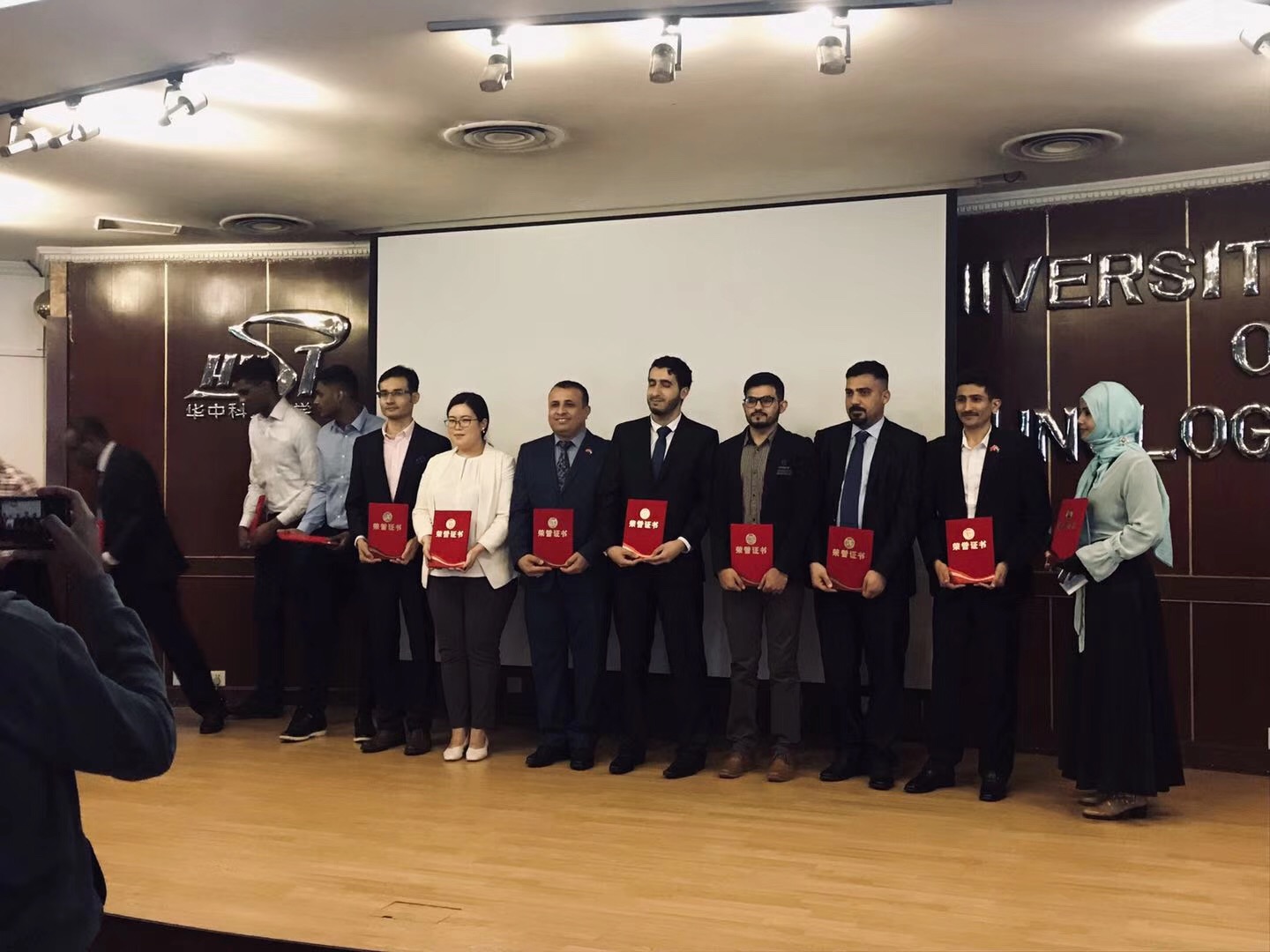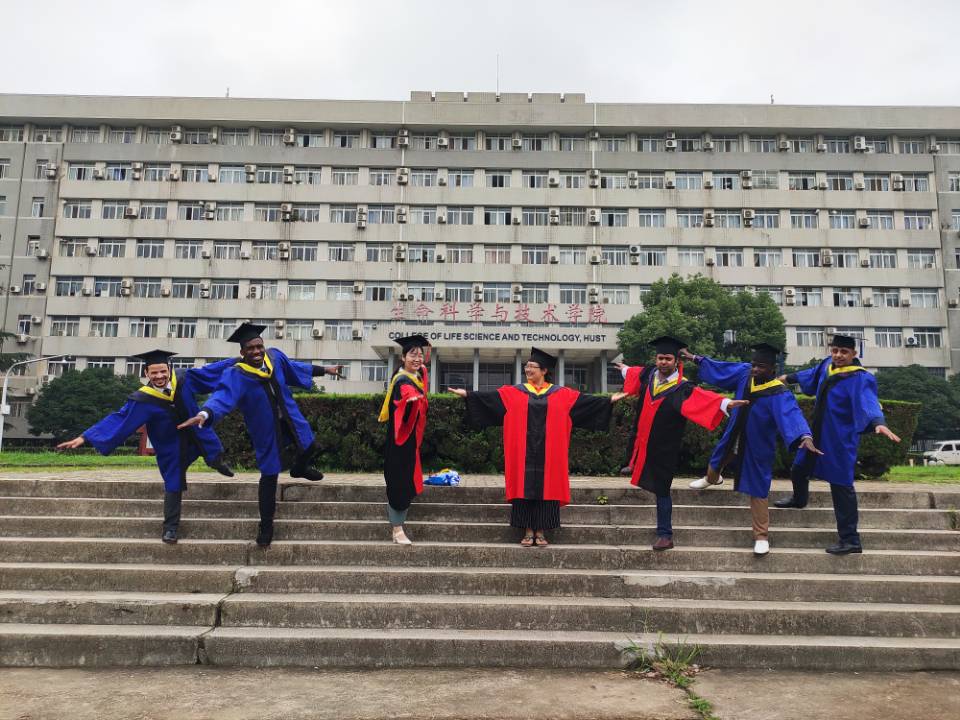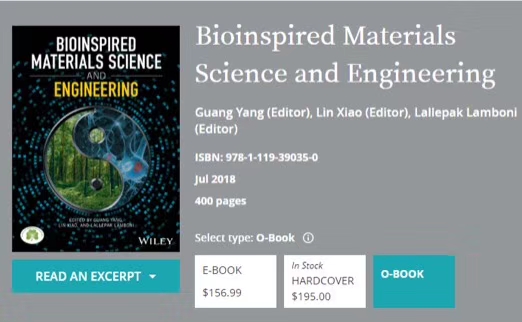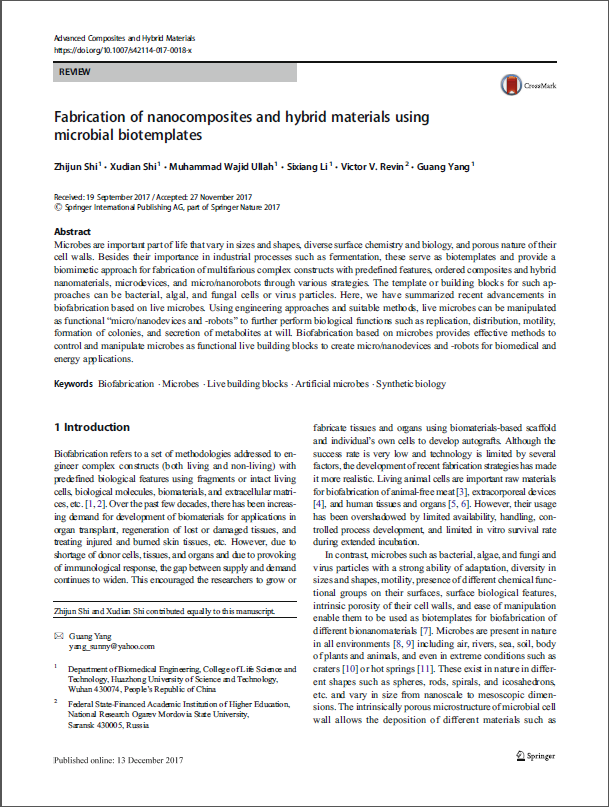Essay topic:Double networks bacterial cellulose hydrogel to build a biology–device interface
Ambit:Functional polymer
Author:Zhijun Shi, Ying Li, Xiuli Chen , Hongwei Han, Guang Yang*
Key words:bacterial cellulose
Source: journal
Specific source :Nanoscale, Volume 6, January 2014, Pages 970–977
Published:2014.05
Abstract:
Establishing a biology–device interface might enable interaction between microelectronics and biotechnology. In this study, electroactive hydrogels have been produced using bacterial cellulose (BC) and conducting polymer (CP) deposited on the BC hydrogel surface to cover the BC fibers. The structures of these composites thus have double networks, one of which is a layer of electroactive hydrogels combined with BC and CP. The electroconductivity provides the composites with capabilities for voltage and current response; and the BC hydrogel layer provides good biocompatibility, biodegradability, bioadhesion and mass transport properties. Such a system might allow selective biological functions such as molecular recognition and specific catalysis and also for probing the detailed genetic and molecular mechanisms of life. A BC-CP composite hydrogel could then lead to a biology- device interface. Cyclic voltametry and electrochemical impedance spectroscopy (EIS) are here used to study the composite hydrogels’ electroactive property. BC-PAni and BC-PPy respond to voltage change. This provides a mechanism to amplify electrochemical signals for analysis or detection. BC hydrogel was found to be able to support the growth, spreading and migration of human normal skin fibroblasts without causing any cytotoxic effect on the cells in the cell culture. These double networks BC-CP hydrogels are biphasic Janus hydrogels which integrate electroactivity with biocompability, might provide a biology–device interface to produce implantable devices for personalized and regenerative medicine






